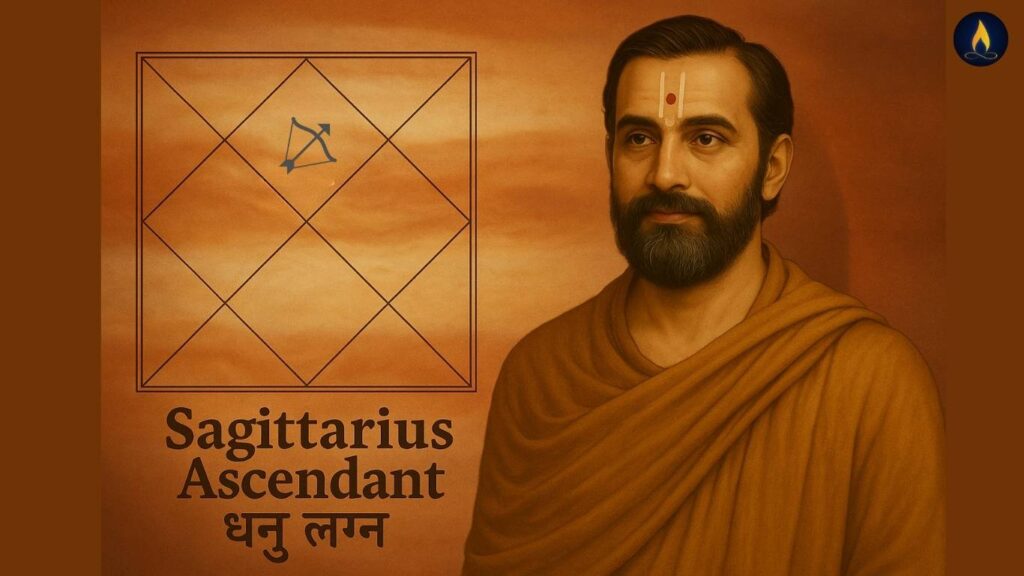Blog Contents
Toggle
Vastu Shastra is more than just a set of building guidelines; it’s an ancient science designed to create harmony between you and your space. When aligned with nature’s energies, your home becomes a place of peace, success, and joy. Let’s dive into the principles, remedies, and practical tips of Vedic Architecture to enhance every corner of your life.
What is Vastu Shastra?
Vastu Shastra is an ancient Eastern science that blends architecture with the natural elements. Translated as the “science of architecture,” Vastu Shastra was developed to ensure that buildings aligned with the forces of nature, promoting a balanced and fulfilling life. The principles are based on five core elements—earth, water, fire, air, and space—that guide the positioning and design of different spaces within a home.
Key Vastu Shastra Principles:
- Directions Matter: Each part of the home, from the kitchen to the bedroom, has an optimal direction for placement.
- Energy Flow: Vastu aims to enhance positive energy flow in your living space.
- Balance of Elements: Earth, water, fire, air, and space need to be balanced for well-being.
Applying Vastu Shastra for Your Home
Each room in your home can benefit from specific Vastu guidelines. Here’s how to apply these principles to create a harmonious living environment.
1. The Bedroom
In Vedic Architecture, the direction of your bed and sleeping position is essential. The ideal sleeping direction, as per Vastu Shastra, is with your head pointing south. This promotes restful sleep and mental peace. Avoid placing the bed directly in line with the door, as this interrupts the room’s energy flow.
2. The Kitchen
Since fire is the main element in a kitchen, place it in the southeast direction for the best energy alignment. However, if your kitchen is in the northeast, you can use remedies to harmonize the space. To balance energy in a northeast kitchen, try using light colors and cook with appliances that don’t directly produce flames to reduce the impact of fire.
For a kitchen in the southwest, balance the energy by placing metal objects or crystals to redirect it. Following Vastu Shastra guidelines for kitchen direction helps improve family health and relationships.
3. The Living Room
The living room, often a space for bonding, benefits from placement in the north or east directions. Seating should be arranged so that guests face north or east, aligning with positive energy flow.
4. Bathrooms and Toilets
Bathrooms should ideally be located in the northwest or southeast to avoid disrupting energy. Avoid placing bathrooms directly next to the kitchen or bedroom, as this can create imbalances.
How Vastu Shastra Connects to the Universe’s Energy
Vastu Shastra connects your home’s design to the larger cosmos. The idea is that everything is interconnected, and by aligning our homes with nature’s forces, we invite harmony, peace, and growth. It’s similar to Feng Shui (An ancient Chinese practice focused on harmonizing individuals with their surrounding environment. The term “Feng Shui” translates to “wind and water), in concept but focuses on directional energy specific to Vedic culture.
The Five Elements in Vastu Shastra
Each element in Vastu represents a different type of energy:
- Earth: Stability and grounding
- Water: Flow and adaptability
- Fire: Energy and transformation
- Air: Movement and communication
- Space: Openness and expansion
When each element is correctly positioned within a space, it enhances the well-being of the occupants.
Understanding the Eight Directions (Ashtadisha) in Vastu Shastra: Guiding Energy for Every Room
The eight directions, known as Ashtadisha, play a vital role in Vastu Shastra. Each direction is believed to hold distinct energies and characteristics that can impact the occupants’ lives in different ways. By aligning rooms with the appropriate directions, Vastu principles enhance positivity, health, and prosperity in the home.
- North (Kubera): Ruled by the god of wealth, this direction is linked to financial success and stability. Positioning your safe, office, or home entrance here can attract abundance.
- South (Yama): Associated with strength and endurance, the south direction can improve mental resilience. Vastu principles advise placing heavy objects like cupboards here to create a grounding effect.
- East (Indra): As the direction of sunrise and ruled by Indra, the god of rain and prosperity, east-facing windows or doors invite new opportunities and growth. Dining or living rooms benefit from this direction, creating a warm and welcoming space.
- West (Varuna): Linked with Varuna, the water deity, the west direction promotes mental calm and depth of thought. Placing study rooms or home offices here can help increase focus and tranquility.
- Northeast (Ishanya): A highly revered area in Vastu principles, the northeast fosters spirituality and clarity. Rooms in this direction are ideal for meditation or prayer spaces, connecting you to higher energies.
- Northwest (Vayu): Known as the social direction, governed by the air element, northwest rooms encourage positive relationships. Bedrooms or guest rooms here can boost harmony in family and social life.
- Southeast (Agni): Ruled by Agni, the god of fire, this is the best area for kitchens or fireplaces. When kitchens face southeast, the energy harmonizes, leading to better health and wellness.
- Southwest (Nairutya): The direction of stability and security, governed by Nairutya, is perfect for bedrooms. It brings restful sleep and peace of mind, especially when heavy furniture is used to ground the space.
The Center of Your Home (Brahmasthan) in Vastu Shastra: Keeping Your Space’s Energy Hub Open and Balanced

The Brahmasthan is the sacred center or “heart” of a home in Vastu Shastra. This area holds the most powerful energy, and people often leave it open and unobstructed to allow energy to flow freely. According to Vastu principles, clutter or heavy objects in this space can disrupt the home’s energy balance, which affects harmony and well-being.
When constructing or arranging a home, it’s best to keep the Brahmasthan free of walls, pillars, or large furniture. This open space serves as a calming source, letting energy radiate evenly throughout the entire home. Clear energy flow promotes health, peace, and prosperity. When decorating, choose subtle and natural decor—such as plants, light colors, and soft furnishings—to create an open, tranquil atmosphere in the room.
The Vastu Purusha Mandala: Mapping Your Space with Energy to Maximize Positive Vibrations

The Vastu Purusha Mandala serves as a sacred and symbolic energy map, using a square grid divided into 64 or 81 sections based on the type of structure. Each section represents an energy field associated with specific deities and elements, guiding where to place rooms and furnishings within a space to align with cosmic energies.
According to legend, the Vastu Purusha Mandala depicts the “Vastu Purusha” as a divine cosmic figure lying on the ground, with his head in the northeast and feet in the southwest. This grid system divides his body into sections, each representing a different part of the home and corresponding to distinct qualities. For instance:
- The northeast, where Vastu Purusha’s head lies, represents spiritual energy. Meditation or prayer rooms placed here encourage spiritual awareness.
- The southwest, near the feet, symbolizes stability and grounding, making it an ideal direction for master bedrooms.
By using the Vastu Purusha Mandala, you can design a space that resonates with universal energy flows, balancing each room’s function with the appropriate cosmic qualities. This ancient layout plan is a powerful tool to create a harmonious, balanced, and prosperous home environment.
Conclusion
Vedic Architecture is a valuable tool for creating harmony in your home. It aligns your surroundings with the natural elements and directional energies to bring peace, health, and prosperity. Simple changes, like adjusting sleeping direction or following specific room placements, can make a noticeable difference. Embracing Vastu Shastra principles doesn’t just improve your space; it can transform your life.
FAQs
Is Vastu Shastra real?
Yes, Vastu Shastra is an ancient practice rooted in science and the elements of nature. It has been practiced for centuries, with many claiming improvements in their lives through its principles.
Where to learn Vastu Shastra?
You can learn this shastra through various online courses, Vastu Shastra books, and certified courses that cover both basic and advanced principles.
Who wrote Vastu Shastra?
The principles of Vastu Shastra were outlined by ancient sages, with texts like the Vishwakarma Vastu Shastra providing foundational knowledge.
What are the basic rules of Vastu Shastra?
Basic Vastu principles include aligning the home with natural elements, keeping rooms in specific directions, and maintaining the energy balance of each space.
How to check Vastu for home?
A Vastu expert can evaluate your home by analyzing room directions, placements, and energy flow. You can also refer to Vastu principles books for self-assessment.








